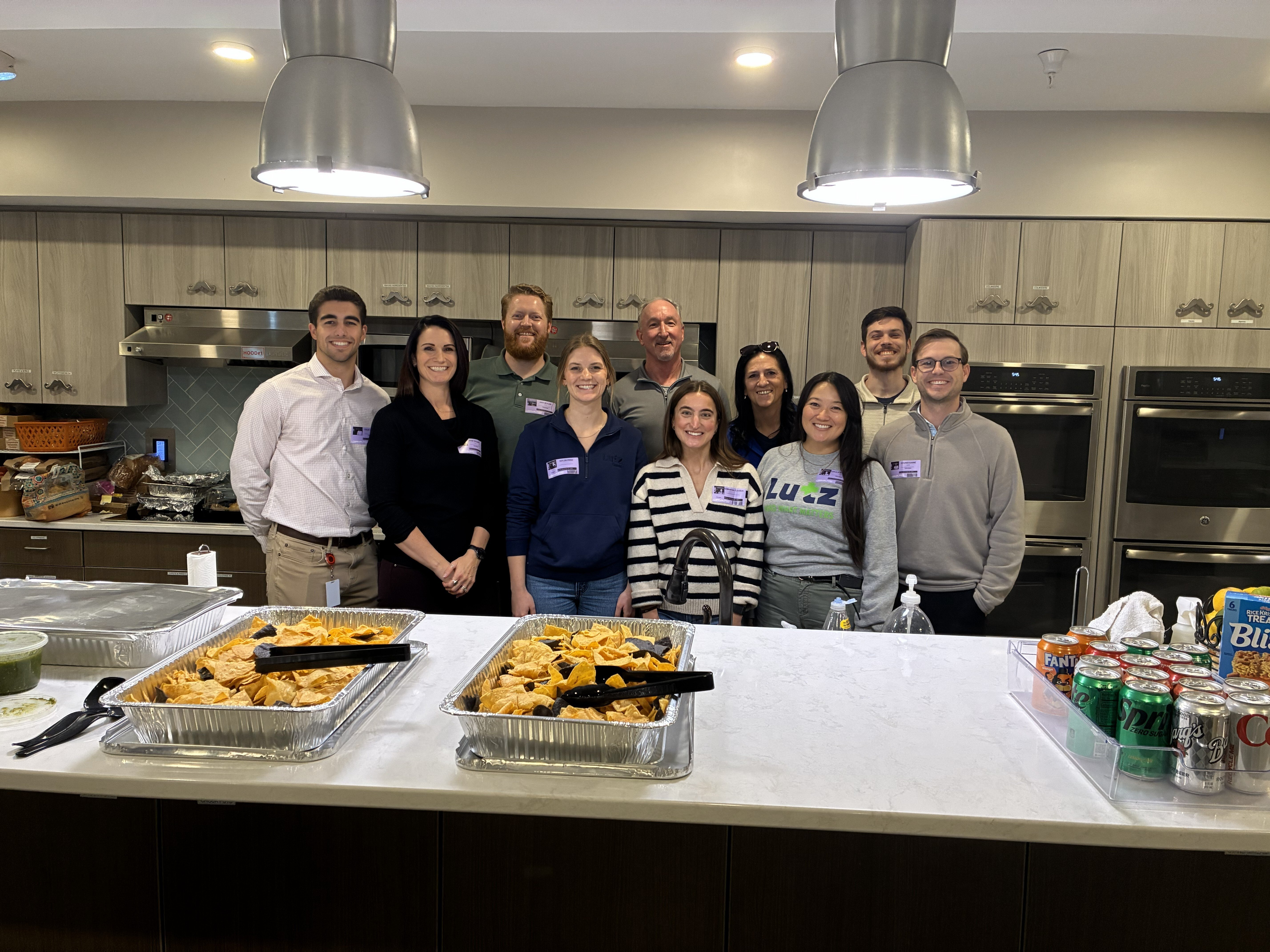
Navigating the Complexity of EBSA Investigations
Members of the House of Representatives recently raised concerns regarding the Department of Labor’s EBSA investigations into plan sponsors, citing them as lengthy and burdensome, and called for reform. In a Sept. 19 letter to Acting Labor Secretary Julie Su, Rep. Virginia Foxx, chair of the House Committee on Education and the Workforce, and Rep. Bob Good, chair of the Health, Employment, Labor and Pensions Subcommittee, stated: “EBSA is failing to conduct its enforcement in a timely manner, creating unacceptable burdens for retirement plan sponsors and negatively impacting retirement savers, retirees, and their families.”
The lawmakers called into question the DOL’s rigorous inquiries, stating that they are often marked by seemingly limitless document requests and extensive interviews that frequently lead to escalated compliance costs — which ultimately have a negative impact on participants. So what can plan sponsors do to avoid drawing DOL scrutiny — and help promote a more favorable and speedy outcome should they find themselves the target of a probe?
Proactive compliance
Regularly update and ensure plan operations are in compliance with current regulations and best practices to remediate areas that might be flagged during an investigation. Review pertinent materials such as summary plan descriptions as well as loan and hardship distribution provision policies. Conduct regular audits to identify compliance issues or potential areas for improvement in the plan's operations, such as plan documents, investments, fees, and other areas of fiduciary responsibility.
Detailed documentation
Maintain thorough and meticulous records of all plan activities, decisions, and rationale. Ensuring that information can be easily retrieved and presented when document requests in areas such as plan administration, governance, and fiduciary obligations are made.
Continuous training
Ensure that relevant parties are well-trained and updated on the latest in regulations, investigative processes and industry best practices to effectively navigate a review. Consider consulting with legal or compliance experts in EBSA investigations to help guide and prepare the plan.
Risk management
Implement robust risk mitigation practices to identify, assess, and manage risks that may be scrutinized during an investigation. Respond to any participant complaints in a timely and appropriate manner.
Cooperation with investigators
Should your plan be subject to a DOL investigation, establish clear lines of communication, respond to document requests promptly and timely redress any errors or issues that are flagged.
Feedback and improvement
After the conclusion of an investigation, gather feedback and insights to improve and strengthen the plan’s operations against future EBSA enforcement inquiries.
The call for reform underscores the challenges faced by plan sponsors facing DOL scrutiny and highlights the importance of preparedness and proactive measures. Unless and until investigative policies undergo significant changes, plan sponsors must remain vigilant, agile, and resilient.
Sources:
https://edworkforce.house.gov/uploadedfiles/09.19.23_letter_to_dol_re_ebsa_investigations.pdf
https://www.pionline.com/washington/house-republicans-press-dol-plan-sponsor-investigation-practices
Boosting Lower Wage Earners' Retirement Readiness
A recent Vanguard report sheds light on the pressing challenges faced by retirees across different income brackets. The findings reveal that lower-income workers allocate a significantly larger portion of their pre-retirement income to meet their daily needs, leaving them with a substantial shortfall in retirement readiness — even when factoring in Social Security benefits. The data highlights the disparities among income groups, with those earning $22,000 annually (25th percentile) spending a staggering 96% of their pre-retirement income, in stark contrast to those earning $173,000 (95th percentile) who spend only 43%. This income spend-down disparity underscores the urgent need for lower and middle-income retirees to supplement their retirement income beyond Social Security.
Plan sponsors can take proactive steps to help participants better prepare for a secure retirement. For those in the 50th percentile and below, projected income falls considerably short of retirement spending needs, according to the Vanguard report. To help bridge this gap, companies could create a streamlined enrollment process with minimal paperwork and consider adopting an auto-enrollment policy — a mandatory requirement for new workplace plans beginning in 2025, per the SECURE 2.0 Act — as well as auto-escalation features. While the research shows that top earners appear to be better positioned for self-financing retirement, it’s vital for plan sponsors to focus on providing tailored solutions and financial education to ensure that all employees, regardless of income level, have a fighting chance at a comfortable retirement.
Targeted education. Develop tailored financial education programs specifically for lower-wage earners. Feature peer testimonials of those in a similar income bracket who've benefited from participating in the retirement plan. Offer easy-to-use tools like retirement calculators to help employees project their future needs and retirement income.
Enhanced contribution options. Offer a more generous employer match and encourage workers age 50 and older to take advantage of catch-up contributions. And consider limiting the ability to take loans from retirement accounts to help ensure long-term savings aren't disrupted. Introduce a separate, easily accessible emergency savings component within the retirement plan.
Greater accessibility. Create multilingual resources aimed at all levels of financial literacy. Use gamification techniques and video content to enhance engagement and accessibility in retirement planning.
Financial counseling. Offer one-on-one financial counseling sessions for employees, providing personalized advice to help participants make more informed investment and retirement planning decisions. Also, provide counseling around hardship withdrawals to ensure participants understand the long-term implications and offer resources on post-retirement financial management — including the efficient withdrawal of funds. Encourage annual retirement readiness reviews for all participants.
Implementing these strategies can assist in bridging the retirement readiness gap for lower wage earners, helping ensure they have the opportunity to retire with greater financial security.
Sources:
https://corporate.vanguard.com/content/dam/corp/research/pdf/the_vanguard_retirement_outlook.pdf
IRS and Security Summit Offer Online Safety Tips
As National Cybersecurity Awareness Month wraps up and tax season approaches, the Internal Revenue Service and the Security Summit partners today reminded taxpayers, including families with children, to remain vigilant against potential online threats.
Without proper online safety, thieves can potentially steal personal information. The IRS and its Security Summit partners encourage everyone to review the resources available to them as October's National Cybersecurity Awareness Month concludes.
Members of the Security Summit partner with the IRS to protect taxpayers from tax-related identity theft. The Summit includes members from the nation's private sector tax industry, including state tax administrators, software companies, tax professionals, the IRS, and others who work together to safeguard taxpayers year-round.
The IRS urges families to be aware of a variety of security vulnerabilities found on the web. Whether people are shopping online or browsing various social media sites, those less familiar with online security might put their personal information at risk from criminals.
Online safety tips
In recognition of October's National Cybersecurity Awareness focus, here are some practices to help protect against cybersecurity attacks:
- Recognize scams and report phishing. It's important to remember that the IRS does not use unsolicited email and social media to discuss personal tax issues, such as those involving tax refunds, payments, or tax bills.
- Protect personal information. Refrain from revealing too much personal information online. Birthdates, addresses, age, and financial information, such as bank accounts and Social Security numbers, are among the things that should not be shared freely. Encrypt sensitive files such as tax records stored on computers.
- Use strong passwords. Consider using a password manager to store passwords.
- Enable multi-factor authentication (MFA). Use this for extra security on online accounts.
- Update computer and phone software. Enable automatic updates to install critical security updates.
- Use security software. Such as anti-virus and firewall protections.
- Use a VPN. Criminals can intercept personal information on insecure public Wi-Fi networks. Individuals are encouraged to always use a virtual private network when connecting to public Wi-Fi.
Sources :
Participant Corner: Financial Frost Checkup
As the winter season blankets our surroundings, it’s the perfect time to conduct a comprehensive review of your financial situation.
Adapting to Life’s Changes
Reflect on the past year and consider any shifts in your personal, family, or financial life. If changes have occurred, consider taking these steps:
- Review your beneficiary designations for accounts like qualified plans, IRAs, and life insurance.
- Examine the ownership structure of your assets, including bank accounts, brokerage accounts, and property.
- Update essential estate planning documents such as wills, trusts, power of attorney, and guardianship arrangements.
- Reevaluate your insurance coverage, including life, health, long-term care, and disability insurance.
Adjusting Your Goals
Take a moment to assess your financial goals with these questions in mind:
- Have your long-term savings goals changed, like your retirement income target or retirement date?
- Are there any adjustments to your intermediate-term savings goals, such as saving for a cozy winter retreat or college education?
- Has your ability to save changed due to shifts in income or expenses?
- Have you established new financial goals that need consideration, like saving for a winter adventure?
Preparing for the Unexpected
It’s wise to have an emergency fund in place, one that can cover your living expenses for at least three to six months, like a warm financial fire during a snowy day. It can offer peace of mind during any unexpected financial challenges that may come your way.
IMPORTANT DISCLOSURE INFORMATION

Recent News & Insights
Lutz Gives Back + 12 Days of Lutzmas 2025
Tis the Season... For Market Forecasts
Tired of Complex Books? 8 Ways to Simplify Your Accounting
HR Solutions That Elevate the Employee Experience




%20(1).jpg?width=300&height=175&name=Mega%20Menu%20Image%20(2)%20(1).jpg)
%20(1)-Mar-08-2024-09-27-14-7268-PM.jpg?width=300&height=175&name=Untitled%20design%20(6)%20(1)-Mar-08-2024-09-27-14-7268-PM.jpg)

%20(1)-Mar-08-2024-09-11-30-0067-PM.jpg?width=300&height=175&name=Untitled%20design%20(3)%20(1)-Mar-08-2024-09-11-30-0067-PM.jpg)
%20(1).jpg?width=300&height=175&name=Mega%20Menu%20Image%20(3)%20(1).jpg)
%20(1).jpg?width=300&height=175&name=Mega%20Menu%20Image%20(4)%20(1).jpg)
%20(1).jpg?width=300&height=175&name=Mega%20Menu%20Image%20(5)%20(1).jpg)
-Mar-08-2024-08-50-35-9527-PM.png?width=300&height=175&name=Untitled%20design%20(1)-Mar-08-2024-08-50-35-9527-PM.png)


.jpg)




